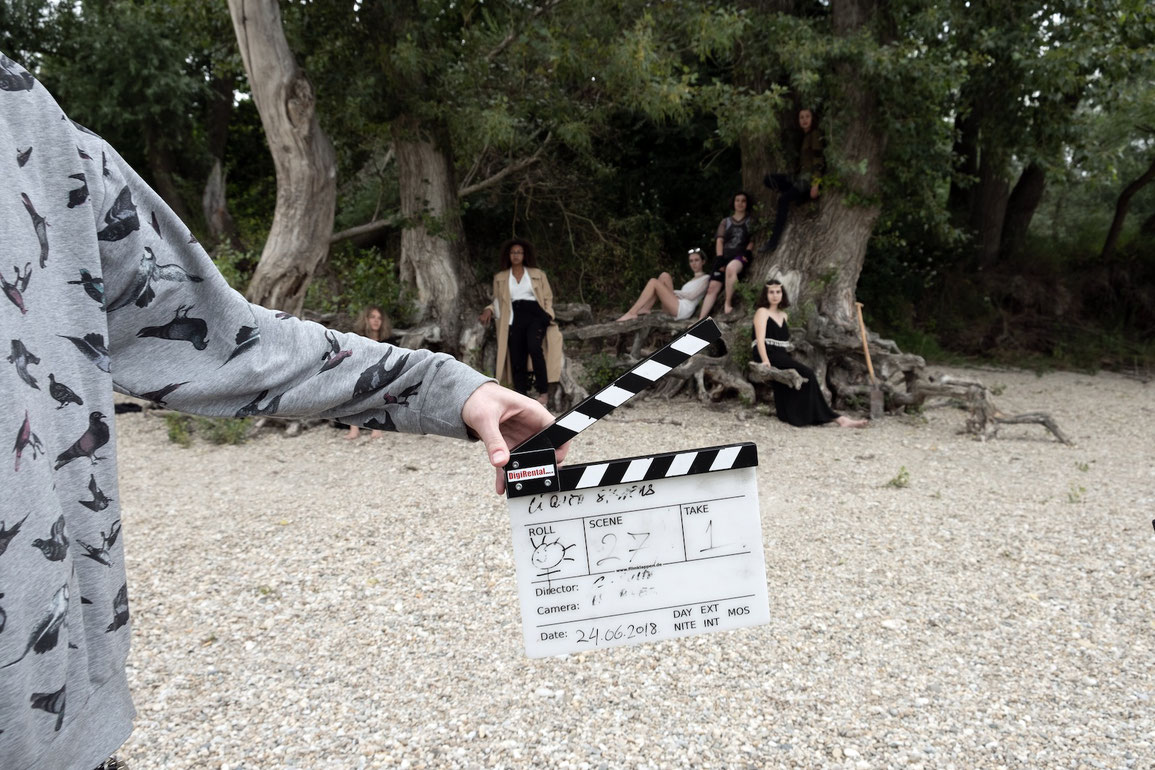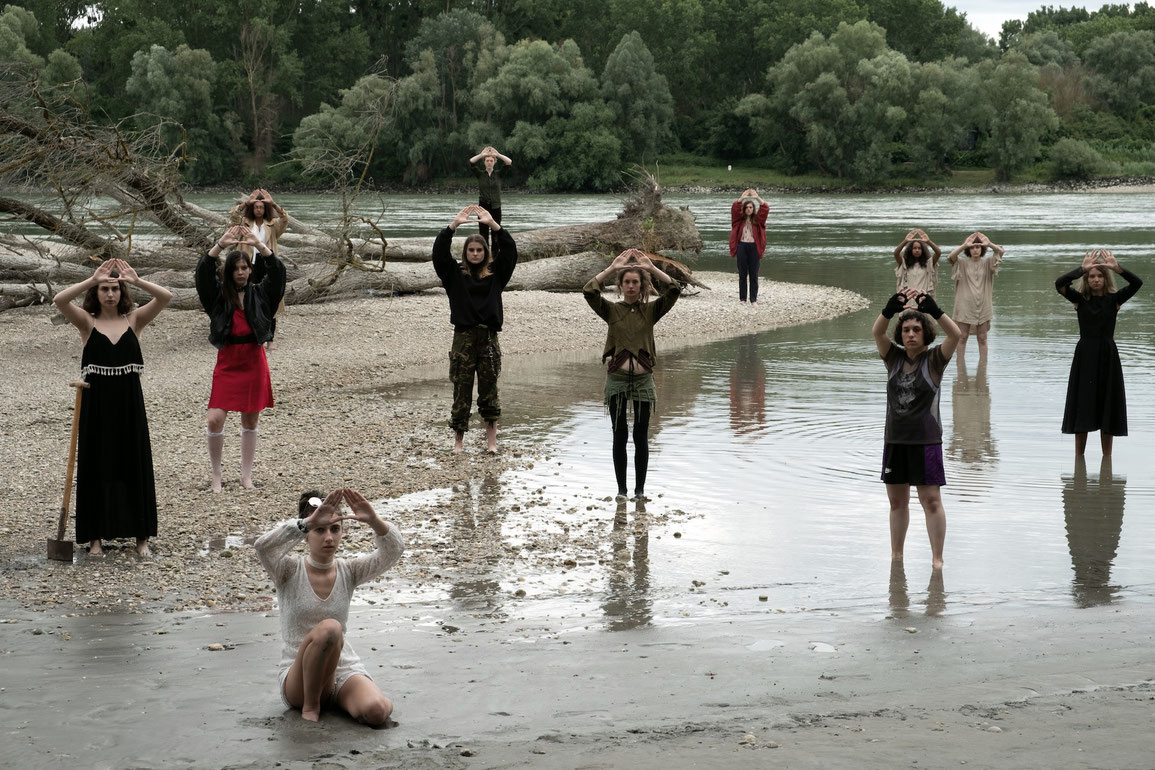The Notes of Anna Azzori / A Mirror that Travels through Time
Shot between 1972-75, the film ANNA by Italian Underground directors Alberto Grifi and Massimo Sarchielli observed a young drug addict expecting a child. Ruhm's essay film draws on this previous work and asks about the place of women in a world that was full of discrimination back in the 70s and remains so today.
With this Italian journey through time, Constanze Ruhm continues her variations of modern cinema´s female characters. In a dual essayistic movement, the artist researches the history of a film’s shooting and uses the found material for an imaginary transcription of a role. Following Godard´s Nana S., she now selects Anna, Roman Cinéma Vérité by Alberto Grifi and Massimo Sarchielli, which in the critical gesture of the 1970s, makes the gaze a political issue. Using the archive images and sounds as starting point, Gli appunti di Anna Azzori changes the perspective from which the truth content of the documentary-like staging can be gauged. At the same time, Ovid´s metamorphoses serve as a framework for fathoming the poetic transformational potential of the film´s characters, objects, and locations.
Anna was created as a video, from an encounter with an underage, drug-addicted pregnant teen stranded on the Piazza Navona. The participant observers tried to reflexively include the found milieu, however not all of the contradictions could be offset. While Grifi´s montage stylizes a lighting technician who makes an unplanned appearance in front of the camera as an acting subject, Ruhm´s extractions from the editing leftovers highlight Anna´s resistance. The electronic disruptions figure in this as references to the medial transfer and as a marking of the voids. Gli appunti di Anna Azzori is a hijacking of shadowy black-and-white figures to the present. In the computer-game era, the round dance of Anna´s revenants again puts the gaze arrangements from back then to the test. The young actors who show up for the colorful casting form a post-feminist echo chamber in which the slogans of the second women´s movement linger: "... non abbiamo paura" we have no fear!
(Christa Blümlinger)
Gli appunti di Anna Azzori, Berlinale 2020
Constanze Ruhms Filmessay umkreist einen anderen Film: Anna von Alberto Grifi und Massimo Sarchielli (Berlinale Forum 1975). Die beiden italienischen Regisseure begegneten Anfang der 70er Jahre auf der Piazza Navona in Rom Anna Azzori, einer Drifterin, die Geld und Hilfe brauchte. Sie dokumentierten ihr aus den Fugen geratenes Leben. Die Kontrolle über den Prozess blieb bei ihnen. Gli appunti di Anna Azzori gewinnt daraus viele Konstellationen, die mal mehr, mal weniger miteinander zu tun haben: „Alles ist weit entfernt und sehr nah zugleich“, heißt es einmal. Das Leitmotiv bildet die Frage nach dem Platz und den Kämpfen von Frauen in einer Welt, die damals voller Diskriminierungen steckte und es heute noch tut. Es gibt Störgeräusche, elaborierte Voiceover und verschneite Bilder, Figuren, die sich in Bäume, Steine oder Gestirne verwandeln (und von dort wieder zurück in Menschengestalt), Flussnymphen und junge Frauen, die zu einem Casting kommen, außerdem viele Archivbilder, zum Beispiel von feministischen Demos in Italien: „Wir haben keine Angst“, skandierten die Demonstrantinnen seinerzeit. (Christina Nord, Berlinale Forum)
Constanze Ruhm’s essay film revolves around another film: Anna by Alberto Grifi and Massimo Sarchielli (Berlinale Forum 1975). In the early 1970s, the two Italian directors found Anna Azzori, a drifter who needed money and help, on the Piazza Navona in Rome. As they documented her unravelling life, control over the process remained firmly in their hands. Starting with this material, Gli appunti di Anna Azzori constructs several clusters of ideas that are sometimes more, and sometimes less related to one another: “Everything is at once far away and very close,” we hear at one point. The leitmotif raises the question of the place of women and their struggles in a world that was full of discrimination at the time – and which still is today. The film uses interference noise, elaborate voiceovers, snowy images, characters who turn into trees, rocks or stars (and back again), river nymphs and young women at a casting call. It also features lots of archival material, including images from feminist demonstrations in Italy: “We are not afraid,” the demonstrators chanted at the time. (Christina Nord, Berlinale Forum)
Gli appunti di Anna Azzori / Uno specchio che viaggia nel tempo
2020
Austria, Germany, France
72 min



